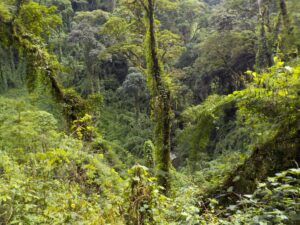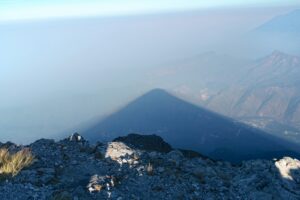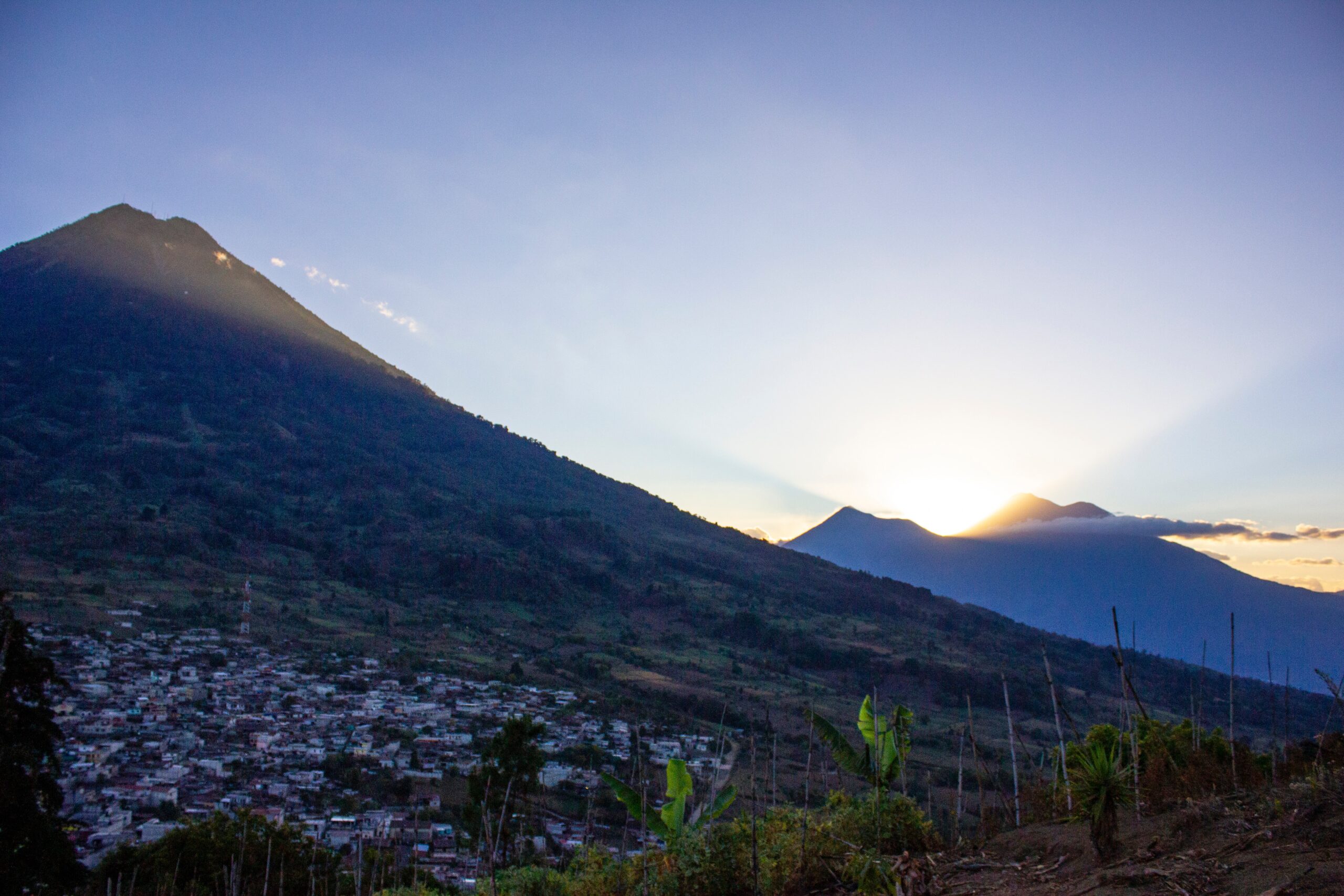
Volcán de Agua: Guatemala’s Majestic Icon and Natural Wonder
When one thinks of Guatemala, it’s impossible to ignore the breathtaking natural wonders that define this Central American gem. And among these wonders, one stands tall and proud. An icon of Guatemala’s diverse landscape: Volcán de Agua, or the “Volcano of Water.”
A Striking Presence
Rising majestically to an elevation of 3,760 meters (12,340 feet) above sea level, Volcán de Agua is a commanding presence on the Guatemalan horizon. This colossal stratovolcano, with its perfectly conical shape, graces the southern skyline of the historic city of Antigua and the surrounding region. Its name, “Volcán de Agua,” refers to the numerous rivers and streams that flow from its slopes, providing life-giving water to the lands below.
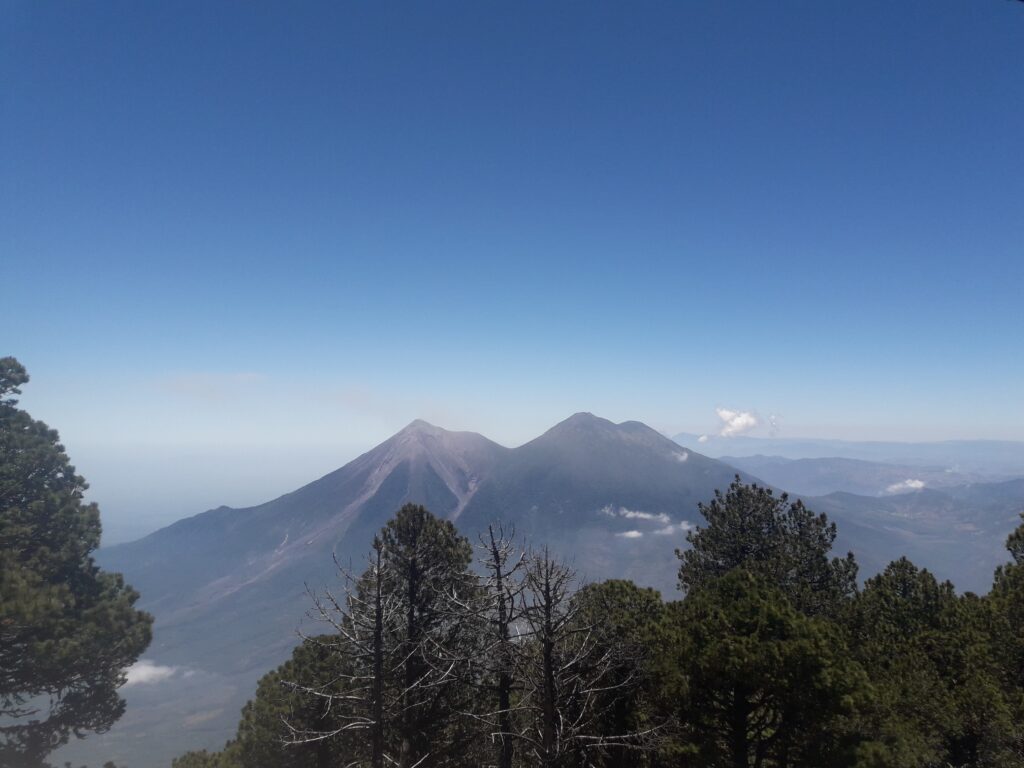
A Rich Geological History
However, Volcán de Agua is not solely a picturesque sight. It boasts a captivating geological history that spans millennia. This towering volcano, shaped by the forces of nature over hundreds of thousands of years, stands as a silent witness to the ebb and flow of ancient civilizations and volcanic activity. Its formation, marked by time and tumultuous transformations, holds not only the keys to understanding the region’s landscape but also the rich cultural heritage woven into the tapestry of Guatemala.
Formation Through the Ages
To truly appreciate the majesty of Volcán de Agua, we must journey back in time. Hundreds of thousands of years ago, when the Earth’s crust was a canvas upon which geological processes painted the landscape we see today. The volcano’s genesis lies in the complex interplay of tectonic forces.
Volcán de Agua is part of the Central American Volcanic Arc. A chain of volcanoes extending from Mexico to Panama. This arc is the result of the subduction of the Cocos Plate beneath the Caribbean Plate. A dynamic collision that has given rise to numerous volcanoes in the region.
Over millennia, magma rising from deep within the Earth’s mantle found its way to the surface through volcanic vents, creating layers upon layers of volcanic rocks. The repeated eruptions and accumulations of volcanic material sculpted the distinctive cone-shaped profile that Volcán de Agua now displays.
Shaping the Landscape
But Volcán de Agua’s influence extends far beyond its striking appearance. Its eruptions, both ancient and more recent, have profoundly impacted the region. The volcanic soils surrounding the volcano are exceptionally fertile, making them ideal for agriculture. For centuries, these fertile lands have supported vibrant communities and played a pivotal role in shaping the local culture and economy.
However, volcanic activity is a double-edged sword. The same eruptions that enriched the soil with minerals also posed threats to the communities living in its shadow. Historical records document devastating eruptions. The catastrophic eruption of 1541, buried the city of Santiago de los Caballeros (now Antigua Guatemala) under a sea of mud and debris.
Cultural Significance
Within the intricate cultural tapestry of Guatemala, Volcán de Agua occupies a unique and revered position. Far beyond being a mere geographical feature, it serves as a profound symbol of Guatemala’s enduring strength and resilience. Indigenous Mayan communities, for countless centuries, have held this majestic volcano in deep reverence, weaving it into the very fabric of their local legends and folklore. Volcán de Agua, in its towering presence, embodies not only natural grandeur but also the spiritual and historical essence of Guatemala’s heritage.
An Indigenous Connection
To delve into the cultural significance of Volcán de Agua, we must first recognize its role in the lives and beliefs of indigenous Mayan communities. For generations, the volcano has been venerated as more than a natural landmark. It’s a living entity, an embodiment of the divine. In Mayan mythology, mountains are considered sacred, and Volcán de Agua is no exception. It is often associated with deities, and its eruptions and moods are seen as expressions of divine will.
The Legend of Volcán de Agua
One of the most enduring legends linked to Volcán de Agua centers around the origin of its name. According to folklore, the volcano was once known as “Hunahpú,” named after a hero in Mayan mythology. The legend tells of how two brothers, Hunahpú and Ixbalanqué, were transformed into mountains after their heroic deeds. Volcán de Agua is believed to be the resting place of Hunahpú, forever guarding the land.
Cultural Rituals and Ceremonies
The cultural significance of Volcán de Agua also extends to various rituals and ceremonies conducted by indigenous communities. Throughout the year, rituals are performed to honor the volcano, seeking its protection and blessings. These ceremonies are deeply rooted in tradition, incorporating elements of Mayan spirituality and a deep connection to the land.
A Focal Point for Adventurers
Volcán de Agua stands as an alluring beacon for adventure seekers and nature enthusiasts alike. Embarking on the hike to its summit is an expedition through lush forests, teeming with rich biodiversity and thriving ecosystems. The trail that winds its way to the pinnacle extends an invitation to both novice and seasoned hikers. It provides an opportunity to test one’s endurance and spirit. As the ascent unfolds, the reward is a breathtaking panorama that stretches far and wide. It offers views that extend all the way to the vast expanse of the Pacific Ocean.
A UNESCO World Heritage Site
In a testament to its geological significance and its profound cultural importance to Guatemala, Volcán de Agua proudly holds a distinguished place within the Antigua Guatemala UNESCO World Heritage Site. This prestigious designation serves as a resounding endorsement of its multifaceted value, affirming its role not merely as a natural wonder but also as a cherished repository of historical and cultural treasures.
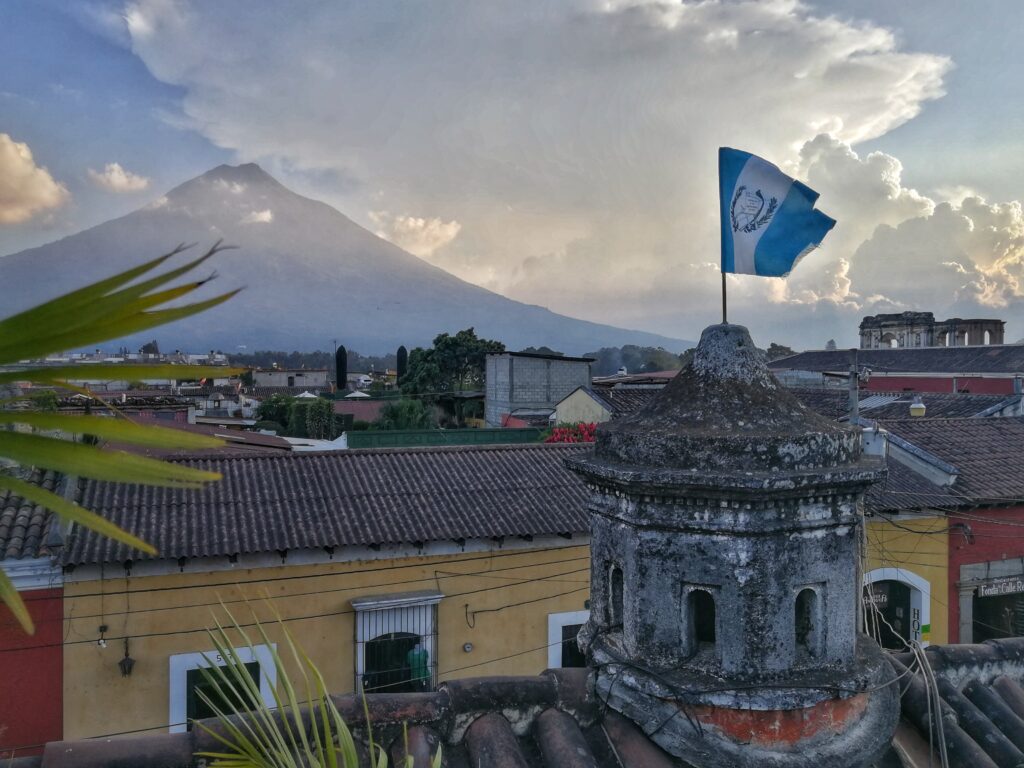
Preserving the Beauty
While Volcán de Agua stands as a sight to behold, it also serves as a poignant reminder of the paramount importance of responsible tourism and vigilant conservation efforts. Safeguarding the pristine beauty of this natural wonder is a collective responsibility. One that carries the weight of ensuring that the grandeur of Volcán de Agua remains accessible to future generations. A testament to both nature’s majesty and our commitment to its preservation.
Conclusion
In conclusion, Volcán de Agua transcends its status as a mere geographical feature. It stands as an enduring symbol of Guatemala’s rich history, vibrant culture, and awe-inspiring natural beauty. Its majestic silhouette and profound geological significance firmly anchor it within the heart of Guatemala’s captivating landscape. It extends an irresistible invitation to travelers and adventurers alike to venture forth and uncover the treasures it cradles.
And for those who wish to prolong their stay in the charming city of Antigua Guatemala, a stay at Tropicana Hostel offers comfort and a home-away-from-home experience. It’s an ideal base for further explorations. Whether you’re seeking to conquer more volcanoes, delve into the city’s rich history, or immerse yourself in the vibrant culture that thrives in this enchanting corner of the world.
To explore Guatemala’s other volcanoes, you can conveniently book a tour through Tropicana. They ensure that your journey through this volcanic wonderland is as enriching and memorable as your encounter with the iconic Volcán de Agua.


 Previous Post
Previous Post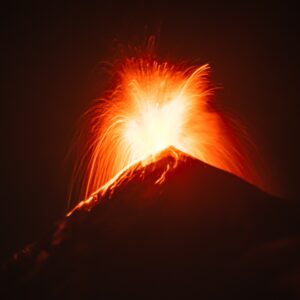 Next Post
Next Post